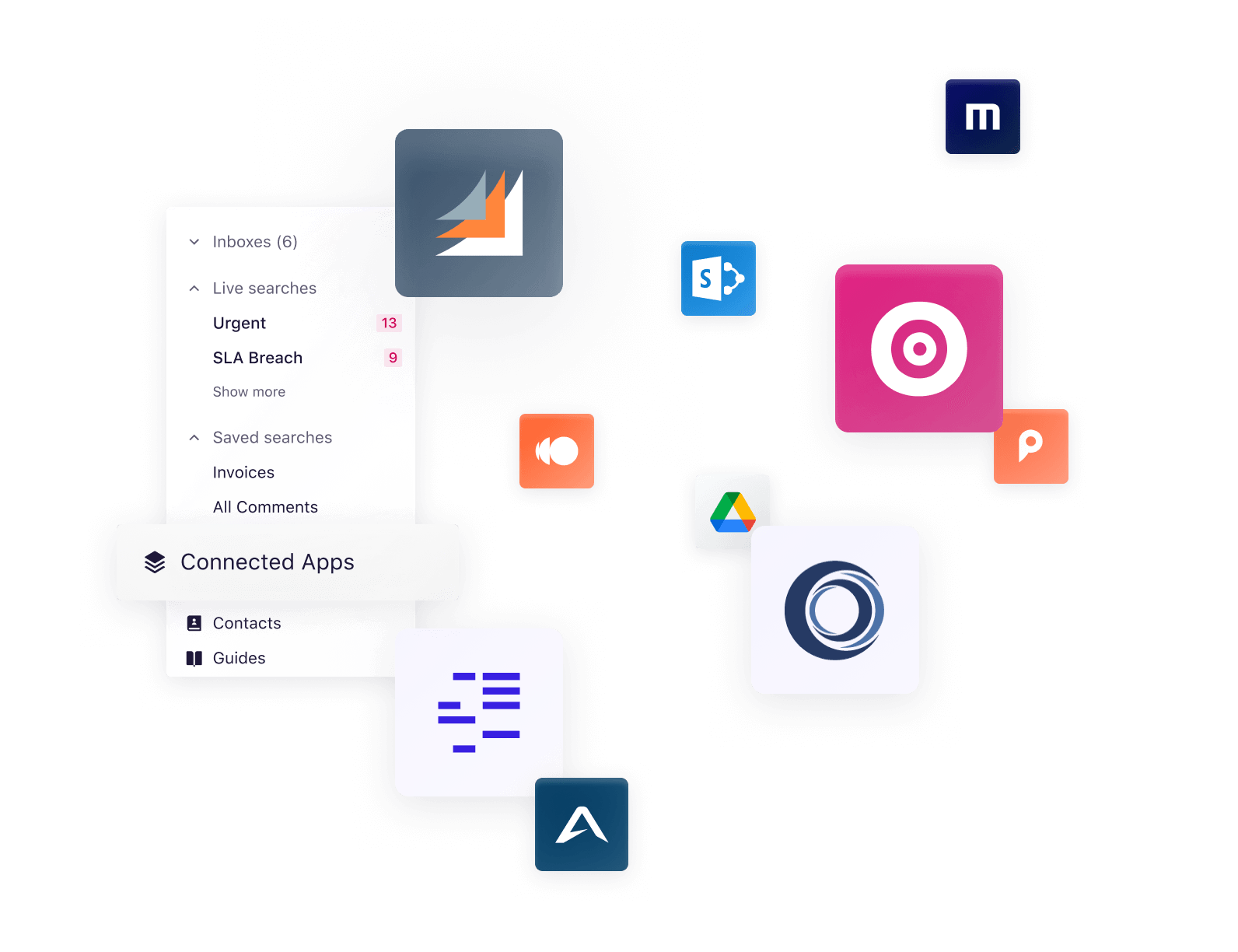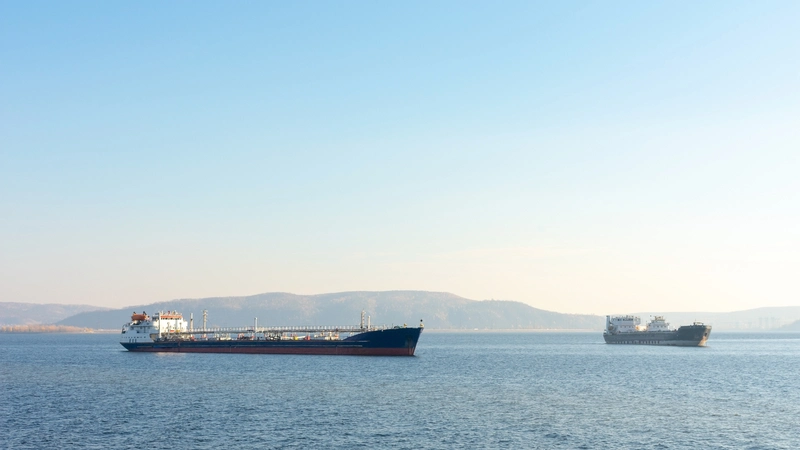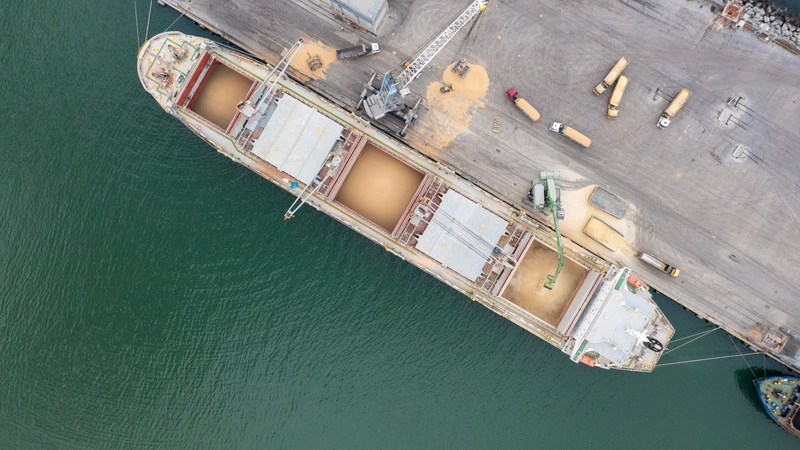Boosting maritime digital transformation with connected apps
Facing the complexities of an integrated maritime software stack, shipping companies constantly seek ways to enhance efficiency and stay competitive. This endeavour is even more demanding due to reliance on outdated legacy systems, disjointed technological infrastructures, and the inevitable system fatigue that follows.
That’s where connected apps come into play, emerging as a game-changer in your digital transformation initiative. By integrating various facets of shipping operations, these maritime apps provide a robust platform for real-time collaboration and analytics and revolutionise data management, decision-making, and operational agility.
Understanding system fatigue in maritime operations
System fatigue refers to the weariness and reduced efficiency experienced by employees due to prolonged interaction with complex and demanding operational systems. Operations like cargo handling, route optimisation, and compliance are often conducted on separate platforms, causing system fatigue due to multi-screen usage, window switching, and different user interfaces. This multiplicity can lead to data fragmentation, risking information loss, communication errors, and workflow disruptions.
This exhaustion also contributes to delays, reduced operational capacity, and, in some cases, increased risk of accidents and safety breaches. In fact, the ITF Seafarers organisation estimates that 25% of marine casualties are caused by fatigue.
The common causes of system fatigue among employees in the maritime domain include:
- Extended hours of operation: Seafarers spend long working hours without sufficient rest periods, leading to physical and mental exhaustion.
- Complex navigation and communication systems: Maritime workers operate on multiple intricate systems that demand constant mental engagement and oscillating back and forth between multiple systems, contributing to cognitive fatigue.
- Constant vigilance for safety and compliance: The need for continual alertness to maintain safety standards and adhere to regulatory compliance adds to the stress and fatigue experienced by maritime employees.
Understanding and managing system fatigue is essential for enhancing maritime operations' overall performance and safety. Addressing this fragmented landscape requires shipping companies to adopt a centralised approach, integrating operations into a single, comprehensive source. By implementing connected apps and integrated systems with the help of maritime partnerships, you automate processes and workflows, which in turn reduces the impact of system fatigue on maritime employees.
🌊 Learn how to leverage technology for enhanced maritime operational efficiency.
How connected maritime apps combat system fatigue
In logistics and supply chain management, connected systems revolutionise operations by providing real-time visibility and streamlining communication, improving efficiency and reducing manual workload.
Supply chain apps integrate business-critical data across various digital platforms, streamlining decision-making processes and reducing the need for context or system switching. These shipping apps enable the creation of new workflows by leveraging existing application ecosystems.
For instance, our client Casper Shipping effectively leveraged Sedna's email platform Stream, to automate their workflows to reclaim nearly 40 hours weekly. This significant time saving directly translated into enhanced customer service and increased profitability for the company.
Let’s take a closer look at how Sedna’s integrated maritime apps help combat system fatigue:
Measuring the impact of maritime partnerships
Connected systems allow you to make more informed decisions faster, so understanding the effectiveness of digital transformation in maritime relies on KPIs. While this table doesn't cover every possible KPI as the relevant metrics can vary across businesses, it provides tailored examples specific to supply chain businesses.
Simply assessing key performance indicators is not enough to improve maritime operations. You also need to examine measurable improvements post-implementation. For instance, you can measure progress in terms of:
- Automation and remote monitoring: Digital transformation has enabled real-time maritime data extraction, leading to increased automation, better decision support, and improved safety and operational performance.
- Effective data use and integrated reporting: The adoption of connected apps has contributed to more efficient operations through practical data usage and integrated reporting and fleet performance management systems.
- Mobile application integration: Mobile apps have reshaped interactions with crews, providing mobile access to essential information, improving data management and maritime communication efficiency.
- Performance improvement: Cloud services offer high-speed processing and storage, enabling ship owners to optimise shipboard systems and implement maintenance strategies more effectively.
- Condition monitoring and diagnostics: With improved connectivity, you support condition monitoring from the shore, thereby saving costs and improving safety.
- Advanced analytics: Machine-learning algorithms and advanced data analytics lead to better insights, such as predicting future vessel movements and improving condition monitoring.
🚢 Discover the top strategies to avoid derailing your maritime digitalisation project.
Build an integrated maritime operations system with Sedna
Implementing an integrated maritime operations system starts with choosing the right technology partner, and Sedna stands out as a prime candidate. Our platform, Stream, seamlessly integrates with connected systems, automates routine tasks, and provides actionable insights, making it an ideal starting point for digital transformation.
Sedna AI workstreams improve your workflows by eliminating the need for time-intensive document management tasks. You leverage our ecosystem of connected apps to train the platform to recognise and extract information from emails and their attachments and then efficiently send this data to external systems using webhooks.
Ready to get started? Request a demo to learn how Sedna transforms maritime operations.
Latest resources
Driving faster action and insights from your core business system
Connected Apps integrate business-critical data hidden across your digital ecosystem. Make informed decisions without needing to switch contexts or systems.






